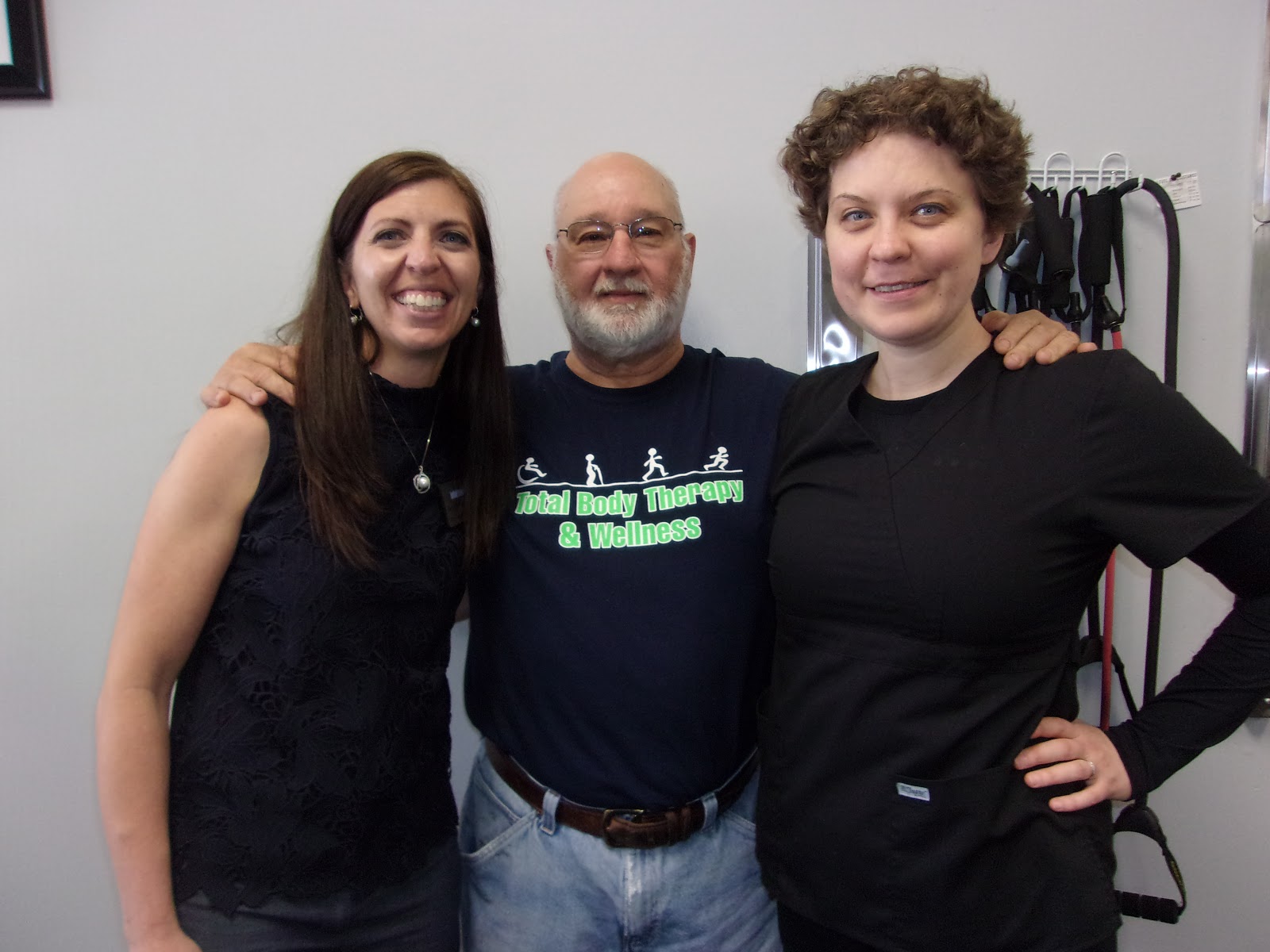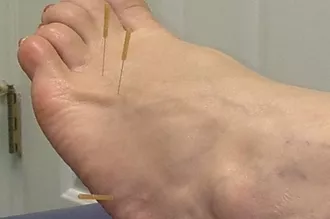What is Dry Needling?
Dry needling uses a very small needle, similar to a sewing needle. It looks like an acupuncture needle, except longer. They are considered “dry” because they do not inject medication or fluid into the body. Since they are not hollow, like injection needles, they are a smaller circumference or “gauge”. Standard flu shot needles are 13 to 14 gauge needles. The Dry Needles are 0.15 mm to 0.33 mm in circumference. This is roughly 39 times smaller than standard flu shot needs. In other words, they are SUPER TINY! These tiny needles are inserted through the skin and directly into the muscles, scar tissue, or tendons below. Once the needles are inserted in the skin they are manipulated or twisted and grab onto muscle knots and scar tissue. They are left in the skin for a certain time period and then removed. During this time, the muscle knotting and scar tissue is physically broken up.
How do Muscles Normally Work?
Muscles are made up of many small muscle fibers. These fibers are parallel and glide and slide along each other as a muscle contracts and relaxes. When the muscles are over-worked, strained or injured, they become knotted up. Just like a bunch of necklaces that you put in a case, they can tangle around each other. When the fibers are knotted or tangled, they can no longer slide and slide along each other. This causes pain or inability to use a muscle when your body tries to contract it.
These muscles knots are identified by your therapist and dry needles are inserted into them. When the needles are twisted, the abnormal fibers wrap around the needle. Your therapist can tell they are wrapping around the needle because it takes more force to turn the needle. The needle is turned until the patient experiences a spreading sensation.
Many times the muscles are so knotted and tight that there is little blood flow to the area. This can make the area numb. In this case, the needles are twisted until the tissue is wound around them so much that they will no longer turn.
When all the needles are inserted and twisted, the patient is left in this position until they are removed. In my clinic, we usually leave them in the skin for 10 minutes on the first day and 15 to 20 minutes on the following treatments. Needles can be left in the body for up to 45 minutes. During that time the patient remains still, as moving with needles inserted into muscle could cause pain.
How do The Dry Needles Release The Muscle Knots?
Initially when you are hurt, your body tries very hard to fix the injury. In an “all hands on deck” mode, it sends everything is can to the area to help fix it. This is why after you stub your toe, the area becomes very red and swollen. Blood and cells are rushing to the area to fix the pain. This is called the Acute phase of healing and is the most painful. This lasts about 3 months. After this 3 month mark, your body moves into the Chronic Phase. During this phase the body becomes accustomed to the pain. It thinks “Ok guys, this is how we are now. We will have to learn to deal with it.”
As pain becomes chronic, the body is not trying very hard to fix it and instead tries to manage it. Your body realizes that it cannot tolerate this strong pain forever and “gets used to it”. Often people will tell me that they cannot give their pain a number on a scale of 0-10. Patients will often say “I’m just used to it now, I try not to think about it” or “It’s a 5/10 to me, but to anyone else it would be a 10/10.”
During the chronic phase the body is now accustomed to pain and thinks of it as the “new normal”. This is how we are now. The spine will send altered signals to the muscles telling them it is now normal to be knotted. When dry needles are inserted and wrap the muscle fibers around them it resets the signal.
I like to think of it as rebooting a computer. We all have been using our computers when all of a sudden something just isn’t working right. Maybe your email won’t send or your favorite website won’t open up. So what do we do? We restart the computer. When it reboots everything back up, it goes back to normal settings and everything works right.
Dry needling works in the same way to reset the signal form the spine to the muscle. It stops the abnormal message from the spine that tells the muscle “this knotted painful position is how we are supposed to be now” and it allows it to resend its original signal saying “RELAX” to the muscle. As the procedure is repeated, it reinforces the message and breaks up the altered message to various different muscles.
As with anything, the longer your pain has been present and the stronger the muscle knotting is, the more treatments you will need. Dry needling treatments can go from 1 to 15 sessions per area.
What is Dry Needling Good for?
Dry needling is good for chronic conditions, or anything that has been bothering you for longer than 3 months. It works with many conditions such as: muscle knotting, muscles spasms, tendonitis, migraines/headaches, carpal tunnel, plantar fasciitis, Golfer’s elbow/Tennis elbow or epicondylitis, and many other conditions. It can also remove scar tissue surrounding nerves and improve the functioning of the nerve.
Dry needling will break up muscle knotting or spasms and break up scar tissue. This includes myofascial conditions. The myofascial is a thin layer of tissue between the muscles and the skin. It is similar to that whitish film that coats raw chicken breasts. The tissue covers all the muscles in your entire body from head to toe. Because it covers the entire body Myofascia tightness in one area can cause pain in a completely different area. This is the main cause of pain in multiple areas with myofascial conditions such as Fibromyalgia (FMS).


